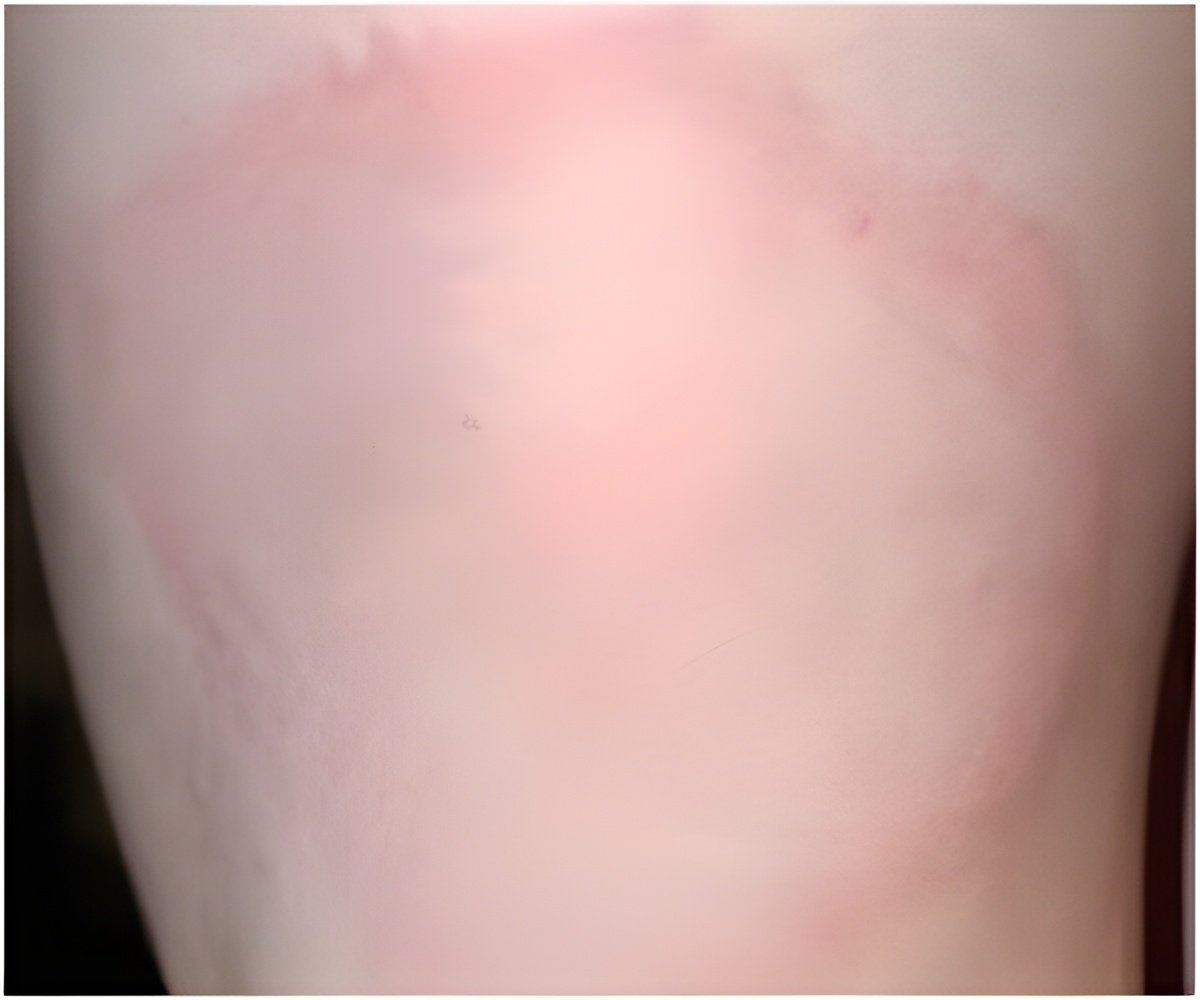A new technique, known as xenodiagnosis is currently being used by researchers to check whether Lyme disease bacteria can be detected.

Larger studies are needed, the scientists say, to determine the significance of positive xenodiagnosis results in cases where Lyme disease symptoms persist following antibiotic therapy.Adriana Marques, M.D., of the National Institute of Allergy and Infectious Diseases (NIAID), part of the National Institutes of Health, and Linden Hu, M.D., of Tufts Medical Center, Boston, led the pilot study. Findings appear online in Clinical Infectious Diseases.The most common tick-borne illness in the United States, Lyme disease is caused by Borrelia burgdorferi bacteria that are transmitted to people by ticks of the Ixodes genus.
"Most cases of Lyme disease are cured by antibiotics, but some patients continue to experience symptoms despite the absence of detectable Lyme bacteria," said NIAID Director Anthony S. Fauci, M.D. "This poses a mystery that requires continued research into new or improved ways to diagnose Lyme disease and determine the cause of unresolved symptoms."
"Xenodiagnosis using ticks to detect B. burgdorferi has been used previously in animal studies, but this is the first time it has been tried in people," said Dr. Marques. "Our primary goals in this initial trial were to develop procedures for tick xenodiagnosis and to determine its safety in humans."
Source-Eurekalert










